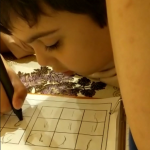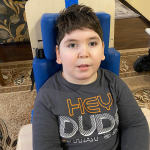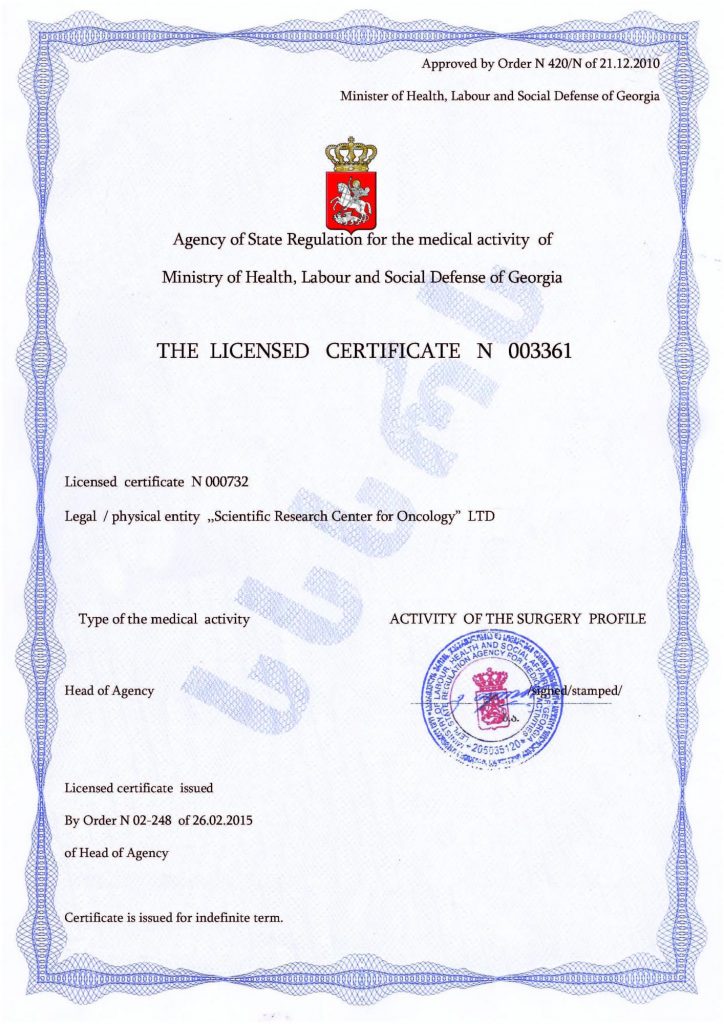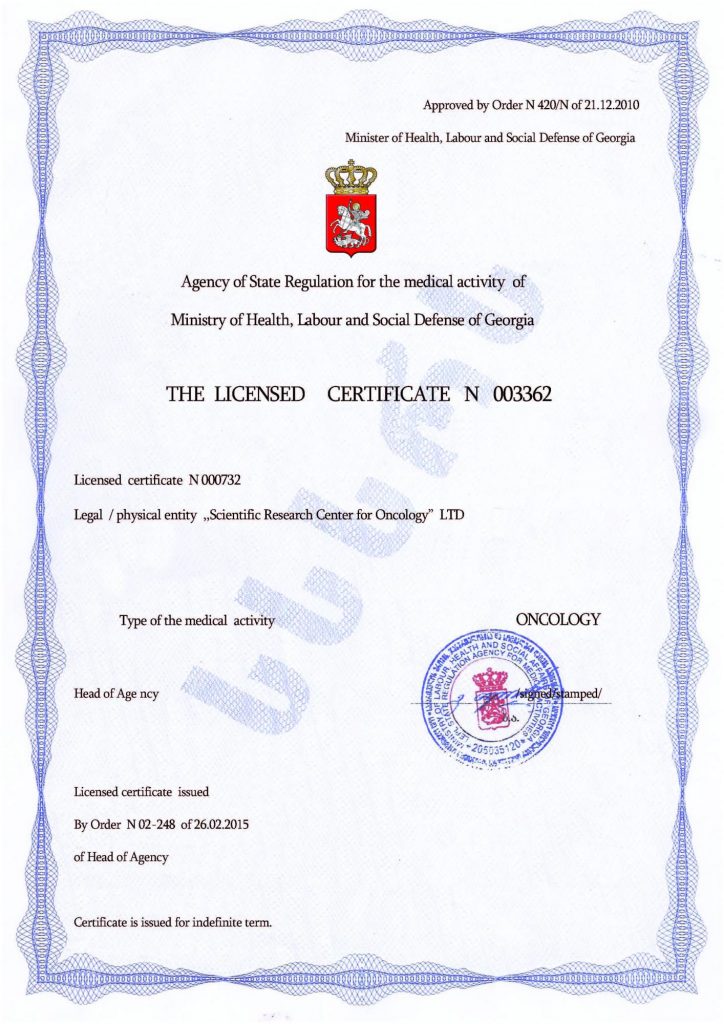Robotics in Autism Therapy
Progress is constantly moving forward, helping in the fight against autism. Primarily, robots have become a useful tool in treating disorders, allowing for the development of essential skills and improving quality of life by creating a structured and predictable environment. These devices are capable of interaction, reducing anxiety, and offering a chance for socialization, emotional regulation improvement, and cognitive skill development. Moreover, they can be programmed for personalized therapy sessions, taking into account the unique needs of each individual, which increases interest in undergoing treatment. Of course, machines cannot replace human communication, but they can address sensory integration issues and complement traditional therapies. Additionally, there are several types of robots used in autism therapy.
- One of the key areas where robotics contributes significantly to addressing autism spectrum disorders is assisting communication and social interaction. Support robots, equipped with sensors and interactive capabilities, can communicate with people in a predictable and structured manner, helping to develop vital social and communication skills. They are also nonjudgmental, which reduces anxiety and stress levels.
- Therapeutic robots contribute to emotional regulation and sensory integration. They can be programmed to simulate specific sensory experiences, such as soft vibrations or calming sounds, and can be adjusted to meet the unique needs of each individual. This is a very useful tool that enhances the effectiveness of personalized therapy.
- Educational robots provide support in learning and cognitive development for individuals with autism, conducting engaging interactive sessions that help develop problem-solving abilities and spatial perception.
- Lastly, socially assistive robots help in developing daily living skills, which is especially important during adolescence. They can assist with cooking, cleaning, and personal hygiene, providing detailed reminders of what needs to be done. This way, individuals with autism learn to become more independent.
The potential of robotics in therapy is vast, and with the right balance between technological innovations and human support, it can revolutionize the lives of individuals with autism. This is why the use of robots has received particular attention in recent years.
Drawbacks of Robotics in Therapy
However, there are certain limitations.
- Robots can only simulate social interaction, whereas human therapists exhibit empathy, intuition, and the ability to adapt to the unique needs of each individual. The lack of human-to-human interaction in robot therapy sessions may limit the development of certain social skills.
- Robots operate according to a program and cannot always respond to real-world social situations. Therefore, it is crucial to complement robot therapy with communication with people, which fosters better communication skill development.
- Furthermore, these technologies are currently too expensive and not easily accessible to individuals with limited financial resources. The high cost of robots and additional maintenance expenses may pose a barrier to their widespread use. This is an important aspect in ensuring equal opportunities for all patients.
- Additionally, it is essential to ensure the confidentiality and security of the data that robots collect during therapy sessions. Reliable security measures must be in place to protect personal information.
It is likely that in the future, robotics will be used more actively in the fight against autism. However, there is already a method that has high effectiveness and does not have the limitations mentioned above. The most modern and technological method is cell therapy, which significantly alleviates or eliminates symptoms in the long term. It involves the transplantation of stem cells obtained from the patient, which eliminates the risk of rejection. These stem cells transform into healthy equivalents of damaged cells and replace them, leading to the normalization of brain and nervous system function.
This procedure, which is very reliable, safe, and promising, is actively used in leading clinics around the world, including the Mardaleishvili Medical Center. The center has highly qualified specialists with extensive successful experience and state-of-the-art equipment, making it a guarantee for achieving fast and positive therapeutic results. The cost of services at the center is lower than in other countries, and the center’s staff provides full support in planning trips.
Cell therapy will help where robots are still powerless!
Autism Treatment Center Videos
Autism treatment with own stem cells
Cord blood association congress
International Quality Crown
Autism Treatment Reviews
Autism treatment with own stem cells
The story of Alessandro (6 years old)
Autism Patient Testimonial - Stem Cell Treatment
Clients Testimonials

Feedback from Igor, David’s father (12 years old) Read More

Feedback from Olga, Fedya’s mother Read More

Feedback from Natalia, Radomir’s mother (15 years old) Read More

Feedback from Esther, Samuel’s mother (8 years old) Read More

Feedback from Abibe, Selim’s mother (7 years old) Read More












